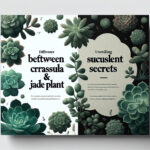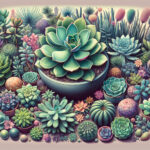Introduction to Crassula Plants
Welcome to the succulent world where the Crassula family takes a spot in the limelight for its versatility and charm! Imagine a plant that thrives with minimal effort, making it a perfect companion for those strapped for time or new to the gardening scene. That’s Crassula for you—a genus brimming with fleshy-leaved beauties that have made a name for themselves across the globe. Not only are they a hallmark of resilience, but their aesthetic appeal has also attracted a fan base among green-thumbed enthusiasts and décor aficionados alike.
Why the buzz around Crassula, you ask? Picture this: a myriad of shapes, sizes, and hues—each unique, yet all sharing the same succulent signature. They’re like little green sculptures dotting windowsills and end tables, bringing life and a touch of whimsy to any space. Crassulas are the quintessential plants for urban dwellings, where elegance meets ease. Whether perched atop a sunny office desk or nestled among rocks in a xeriscape garden, they symbolize a stylish simplicity that’s hard to overlook.
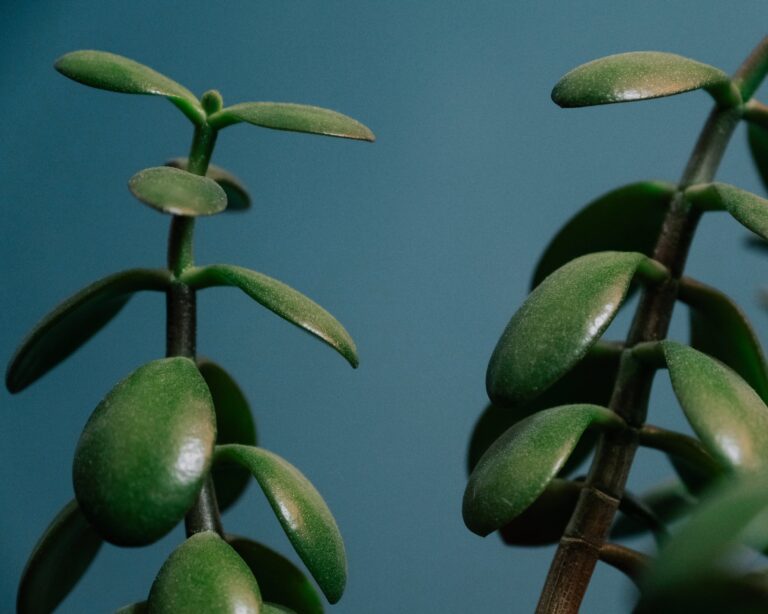
One might wonder why Crassula plants command such interest. Well, their secret lies in their extraordinary adaptability and low maintenance nature. Evolved to store water in their thick leaves, they can soldier through dry spells without breaking a sweat. This means less fretting over watering schedules for plant owners—a win for anyone with a busy lifestyle or a notorious ‘black thumb.’ Additionally, with names like Jade Plant and Money Tree, some Crassulas are steeped in folklore, believed to bring good fortune to their keepers.
So, whether it’s the ecological efficiency of these succulent jewels that fascinates you, or their rumored luck-enhancing abilities, there’s more to Crassula plants than meets the eye. By delving into the world of Crassulas, you’re not just exploring a genus; you’re unearthing a treasure trove of natural wonder, brimming with stories and ripe with potential to transform your living space into a greener, more serene oasis.
Defining Succulents: Crassula’s Place in the Family
Let’s get our feet wet in the world of plant classification by diving into the ‘succulent’ category. What exactly tips the scales enough for a plant to earn this juicy title? Imagine a plant that’s the botanical equivalent of a camel, traversing the deserts of arid regions and keeping water locked away for a rainless day. That, my green-thumbed friends, is what makes a succulent, quite literally, succulent. Meet Crassula, a prime example of nature’s moisture moguls.
Crassula species, with their fleshy, water-storing leaves, are survival artists in drought-prone terrains. Their secret? An interior that can hoard water like treasure, allowing them to laugh in the face of parched conditions. Think of the common Crassula ovata, often known as the jade plant, which boasts plump and glossy leaves. These botanical baubles are not just for show; they’re mini reservoirs, staving off dehydration and ensuring the plant thrives even when the skies hold back their bounty.
Now, to spot a succulent in the wild or even in your local plant nursery, look for chubby leaves or stems. These are the plant’s version of a water bottle, stocked up to the brim. With Crassula, it’s all about storing enough sustenance in its tissues to make it through periods of drought. The ability to flourish with minimal watering makes succulents, Crassula included, a dream for forgetful gardeners and those with a notorious ‘black thumb’.
Discover the unique qualities of Crassula by watching this informative video which elucidates the characteristic features of this succulent family member:
If you’re eager to put your green thumbs to the test, there’s no better place to start than with the forgiving Crassula. Want to know a few secrets on how to keep these succulent companions perky? This comprehensive guide will turn you into a Crassula connoisseur in no time—no watering can too often required!
In essence, Crassula plants are not just aesthetically pleasing with their diverse array of shapes and sizes, but they’re also emblematic of the succulent family’s most defining trait: the ability to endure where few plants can. With adaptability in its DNA, Crassula continues to intrigue plant lovers and casual observers alike, serving as a succulent ambassador in homes and gardens worldwide.
Popular Crassula Varieties and Their Characteristics
When we talk about Crassula, we’re peeking into a world of succulent variety that captures the imagination. Picture the classic Jade plant, Crassula ovata, with its glossy green leaves kissed by sunlight, radiating an aura of prosperity and tranquility in living rooms worldwide. But the Crassula family has many more members, each with a unique flair that compels succulent enthusiasts to keep adding to their collections. Let’s delve into some of the heavyweight champions in the realm of these fleshy beauties.

Imagine a spectrum that ranges from the petite Crassula perforata, stacked like dainty conical towers, to the robust Crassula arborescens, often dubbed the ‘Silver Dollar Jade,’ which flaunts its silver-blue round leaves edged in rosy pink. The variety doesn’t end with size or color; texture comes into play too. Take the Crassula muscosa, for instance, its tightly woven leaves crafting a meshwork of green, earning it the nickname ‘Watch Chain.’
In the vast array of Crassula, one can even stumble upon the peculiar yet enchanting Crassula umbella, resembling tiny green parasols perched atop slender stems. Then there’s the Crassula capitella ‘Campfire’, which sets your garden ablaze with its fiery red leaves that seem to morph and intensify with each passing season. What’s astonishing is how these varieties, with their diverse shapes, sizes, and colors, share the same unyielding resilience typical of succulents.
For those drawn to the bizarre, the Crassula ‘Buddha’s Temple’ might strike a spiritual chord, its leaves meticulously folded into a structure akin to a miniature sacred shrine. Contrastingly, the Crassula ovata ‘Gollum’ intrigues with eerily elongated, tubular leaves, conjuring images of otherworldly landscapes.
Each Crassula tells a tale, a living sculpture in your home, and the classic Jade plant is often where the journey begins. From there, collectors might branch out to the ruffled leaves of Crassula ‘Ripple Jade’, or perhaps seek tranquility with the understated elegance of Crassula ‘Blue Bird’. The common thread? A resilience that endears them to both seasoned green thumbs and those just starting to nurture their botanical bond. For further insights on nurturing these succulent treasures, explore care tips that will help your Crassula thrive.
Essential Care for Crassula Succulents
Don’t let the hardy facade of Crassula fool you; these succulents crave attention to truly flourish. Let’s explore some care tips that can transform your Crassula from surviving to thriving. Picture this: You’ve just adopted a Crassula – your own piece of the succulent family. Now, it’s time to ensure it grows lush and vibrant.
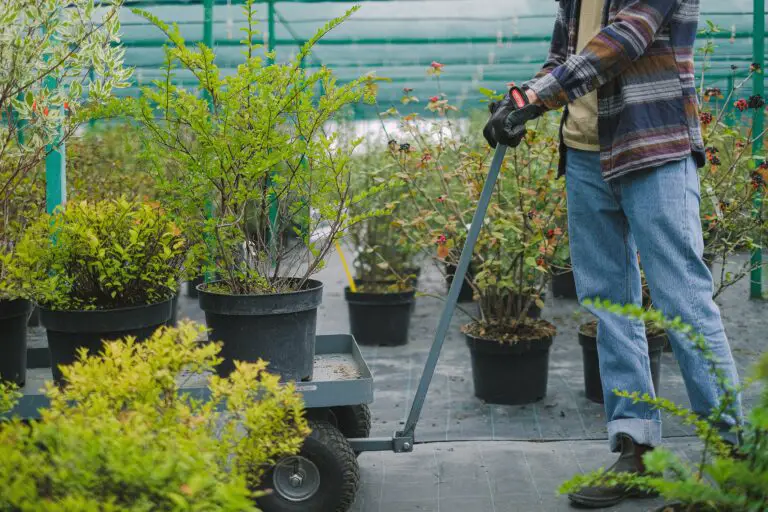
When it comes to soil, Crassula plants are quite the connoisseurs; they prefer a well-draining mix to keep their roots cozy and dry. Think of it as their personal bed—comfort is key. Incorporate some gritty sand or perlite into the potting mix and watch your Crassula settle in comfortably.
Spa Day: Watering Your Crassula
Imagine giving your Crassula a mini spa day every time it needs water. These succulents enjoy a thorough soak but only when the soil is completely dry. Overwatering is a no-no—their roots aren’t fond of soggy conditions. It’s like having wet socks; no one likes that, not even Crassulas!
Let There Be Light!
Lighting is like the stage for your Crassula’s daily performance. Place it in bright, indirect sunlight and watch it bask in the glow, soaking up the energy to grow sturdy and green. Direct sunlight is good too, but too much can lead to a sunburn, and nobody wants to bring their succulent to an after-sun treatment!
For some hands-on examples of how to nurture your green friends, dive into our detailed care guide. Armed with these tips, your Crassula will not just live; it will dazzle, capturing the essence of botanical elegance in your living space.
Repotting and Propagation: Crassula Expansion
It’s time to roll up your sleeves and dive into the delightful world of Crassula—a succulent that’s not just easy on the eyes but also on your gardening ego. If you’ve been tending to these plump-leafed beauties, you’re likely aware of their forgiving nature. But even these laid-back plants need a change of scenery now and then: enter repotting stage right! So, why repot? Imagine wearing the same pair of shoes for years; even if they’re comfy, your feet would be craving some new space. That’s exactly how your Crassula feels in its snug pot.
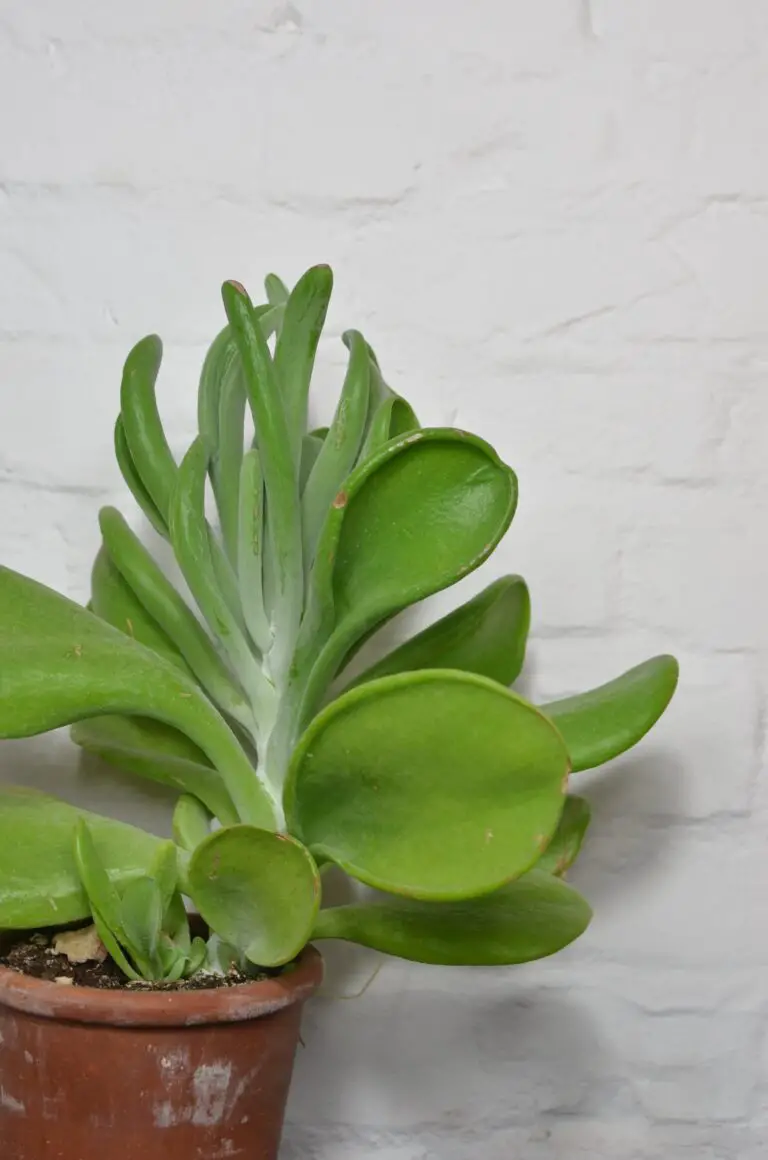
Repotting doesn’t have to be a Herculean task. It’s like giving your green buddy a bigger playground to frolic in. The general thumb rule is to repot every two to three years, but keep an eye out for signs like roots peeking out of the pot’s drainage holes or a top-heavy plant that seems ready to tumble over. When you pick a new pot, make sure it’s just an inch or two larger in diameter than the old one—we’re upgrading the playpen, not moving to a stadium!
Now, about that soil: your Crassula wants to keep its feet dry. Regular potting mix is a no-no because these succulents need well-draining soil that’s as airy as a cloud. Mix in some perlite or coarse sand to make it suitable for your drought-loving friend. Water? Completely drench the soil after repotting, but only once the soil is bone dry. If you’re still anxious about the ‘how-tos’ of repotting, you can learn from gardeners who’ve shared their wisdom online. Checking out tutorials, like the “How to Repot Crassula Plant” guide on Live to Plant, can boost your confidence.
Propagation: The Multiplication Magic
Talk about the ‘green’ thumb! Propagation is where you truly see your gardening skills pay dividends. Got a favorite Crassula? Why not make it a crowd? Leaf cuttings or stem cuttings are the golden tickets to expanding your Crassula collection. Here’s a hot tip: let the cuttings callous over for a day or two to avoid any oozing sap scenarios. Stick them in succulent soil mix, and with a sprinkle of patience, watch little rosettes unfurl.
Oh, and don’t forget, your Crassula clan loves company year-round. Find stellar tips on plant care by visiting our helpful guide, “Flourishing Succulents Within Reach,” right here on Prickly Petals. So, whether you’re a seasoned green thumb or a budding newbie, you’re all set to encourage your Crassula towards a flourishing future. Happy planting!
Common Missteps in Growing Crassula
Are you nurturing a Crassula but find it’s not quite thriving? You might be tiptoeing through a common garden of errors without even realizing it. Growing the tough-as-nails Crassula can sometimes lead to care blunders that leave us scratching our heads. We’re about to shine a spotlight on some of those slip-ups so your green companion can flourish.
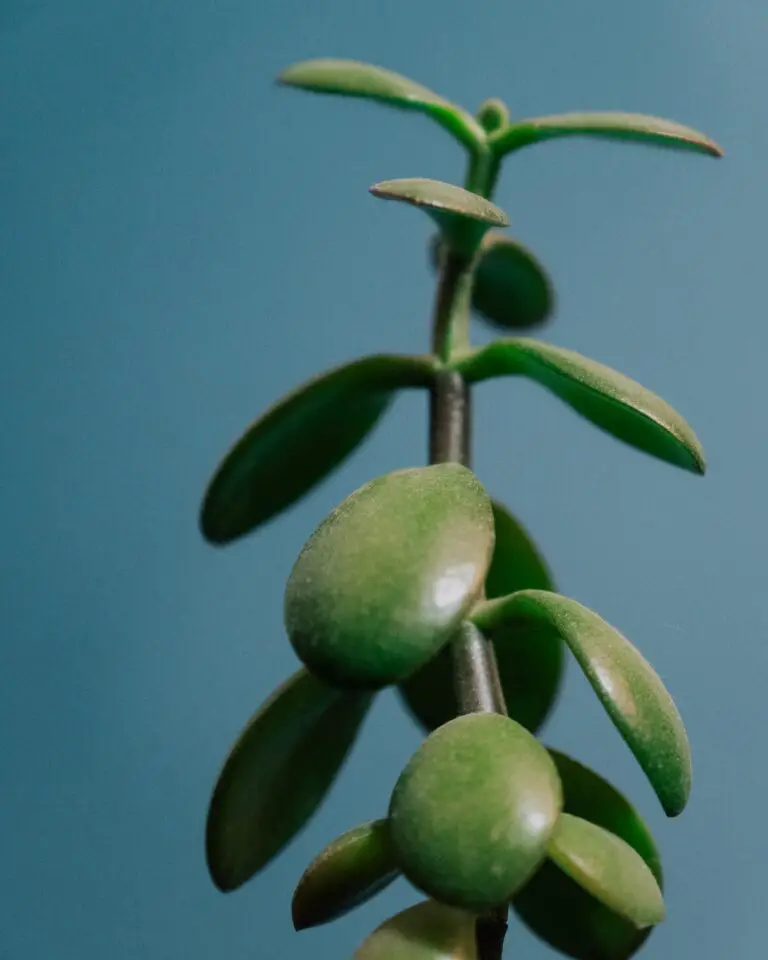
Water Woes: A Drop Too Much
Let’s start with the most dunked mistake of them all – overwatering. Though Crassula is as succulent and stores water in its chubby leaves, too much H2O spells disaster. Picture this: A loving plant parent diligently splashes their leafy kid every day. However, instead of thriving, the plant’s roots are silently drowning. Cut back on the waterworks, and let the soil dry a bit. Your Crassula will thank you by not getting waterlogged feet – a condition that leads to root rot.
Shedding Light on the Issue
It’s a common scene—Crassulas languishing in the dim corner of a room, when what they really crave is a good bask in the sun. These beauties are solar-powered and need plentiful light to avoid becoming the indoor equivalent of a wallflower. Without that energy boost, they can become etiolated, stretching limply towards any light source. Rotate your plant buddies toward the sunlight and watch them straighten up and fly right!
The Soil Saga: Getting to the Root of the Problem
Another perplexing puzzle involves choosing the right soil. It’s like Goldilocks at a potting mix buffet—finding just the right mix can be tricky. Crassulas prefer a gritty, well-draining concoction. Using plain old garden soil is a faux pas; it’s often too dense, trapping moisture and leading to those soggy roots we’re trying to avoid. Think less mud pie, more crumbly coffee cake, allowing those roots to breathe and be merry.
Crassula’s Role in Home Decor and Feng Shui Practices
When envisioning a stylish, serene living space, the presence of greenery can elevate the atmosphere from simply ‘lived-in’ to vibrantly ‘alive.’ Crassula, a genus of succulent plants, stands as a testament to this transformation. With its lush, jade-like leaves, Crassula is not just a mere ornament; it’s a natural piece of art that enriches home decor with its vibrant verdure and architectural shapes.
Imagine walking into a room where the air feels fresher and the ambiance radiates a calming energy. This is the magic that Crassula brings. It’s a versatile player in the world of interior designing, capable of complementing both minimalist and bohemian themes. For example, a spiraling Crassula ovata can sit proudly on a stark, open shelf, or mingle amongst a cascade of colorful textiles and other succulent species, lending its unique silhouette to the collective tapestry of one’s living quarters.
Feng Shui, the ancient Chinese art of placement, appreciate Crassula for its ability to harmonize and enhance the flow of energy through space. Placed in the wealth corner—traditionally the southeast sector of a home or room—Crassula is believed to attract prosperity and success. As if by design, its plump, coin-shaped leaves echo the form of currency, symbolizing the growth of one’s fortunes. In domains where tension or stress runs high, the presence of Crassula can serve as an emerald balm, soothing the soul and nurturing tranquility within its lush folds.
Incorporating Crassula into home decor is a subtle yet powerful way to purify the indoor air. As a succulent, it excels in sequestering carbon dioxide and releasing fresh oxygen, especially at night. In the hustle and bustle of daily life, this natural air filtering ally discretely contributes to a healthier living environment.
Explore the myriad ways Crassula can enhance not just the aesthetics, but also the very quality of your living space. It is a testament to the beauty and power of nature, encompassed in a humble, yet magnificent, succulent.
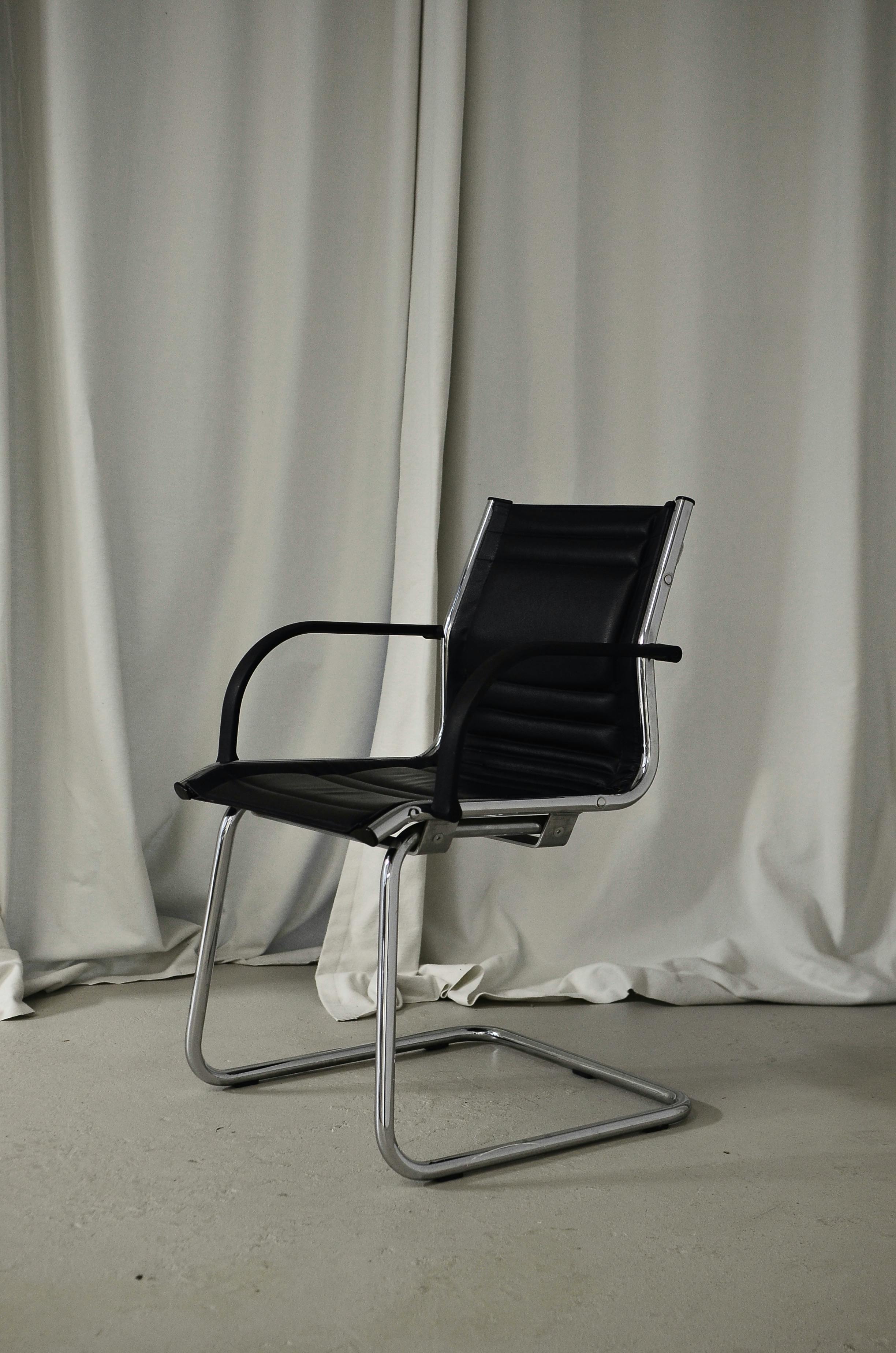
Troubleshooting: Dealing with Pests and Diseases in Crassula
Got a Crassula that’s looking a bit under the weather? Don’t worry, you’re not alone. These succulents are tough but not invincible. Let’s tackle the common creepy crawlies and ailments that might be bugging your beloved plant!
Meet the Usual Suspects: Common Pests
First off, let’s shine a spotlight on the culprits often found lurking around your Crassula. Mealybugs, with their cotton-like cocoons, can be spotted staging a sit-in on the leaves and stems. Then there’s the spider mite crowd – tiny and tricky, weaving fine webs as a tell-tale sign of their presence. And don’t even get me started on the infamous aphids, those sap-sucking little parasites!
Picture this: a serene scene with your Crassula basking serenely by the window. Now, enter the mealybug – a drama queen leaving a trail of sticky honeydew in her wake. It’s like a botanical soap opera, but luckily, you’re the hero coming to the rescue.
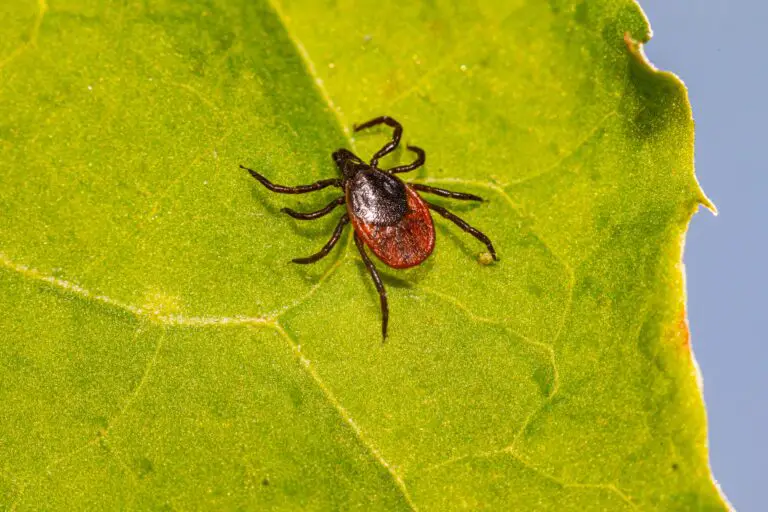
Plant Plague Doctors: Tackling Diseases
Fungi and bacteria can sneak into your plant’s life, resulting in unsightly spots, rots, and more. Imagine being all dressed up with nowhere to go, but instead of a spilled drink, your Crassula has brown, mushy spots from root rot. Definitely not the kind of accessory anyone wants.
These diseases can strike out of the blue, turning your once-flourishing Crassula into a botanical version of a patient on a hospital drama series. But fear not! You’re the lead surgeon here, and it’s time to scrub up and save your green patient.
Battling Back: Prevention and Cure
As the saying goes, “an ounce of prevention is worth a pound of cure.” Regular check-ups for your plant can catch pests and diseases before they become epidemics. Quarantining new plants can prevent a pesky pest from throwing a housewarming party on your Crassula.
If your green friend is already hosting unwelcome guests, it’s time to get down to business. You can evict those mealybugs with a swab dipped in alcohol – think of it as a stern ‘Last Call’ at a bar. For those fungal foes and bacterial baddies, remove affected areas with clean cuts and consider a gentle fungicide or bactericide as needed. Always follow up with proper care; a stressed plant is like a tired superhero – more susceptible to attack.
Remember, your Crassula isn’t just a plant; it’s a living piece of your home’s story. And with these proactive steps, you’ll ensure that story has a happy, healthy chapter. So suit up, plant parent – it’s time to turn that green thumb into a green shield!
Frequently Asked Questions
Ever found yourself in a garden of succulents, and spotted the charming Crassula only to ponder, “Is this little green artist also a succulent?” Have no fear, succulent sleuths! We’re diving into the world of Crassula to demystify its succulent status and divulge the ins and outs of cultivating these captivating creatures. Let’s get to the root of your Crassula queries!
Is Crassula Really a Succulent?
Indeed, Crassula belongs to the succulent family! These plump-leafed plants store water in their juicy foliage, which is a quintessential trait of succulents. This handy feature allows them to thrive in arid conditions where other plants might wither and wave the white flag. If you’ve strolled through a labyrinth of fleshy-leaved flora at your local nursery, chances are you’ve brushed past a Crassula or two, masquerading as just another pretty face in the succulent crowd.
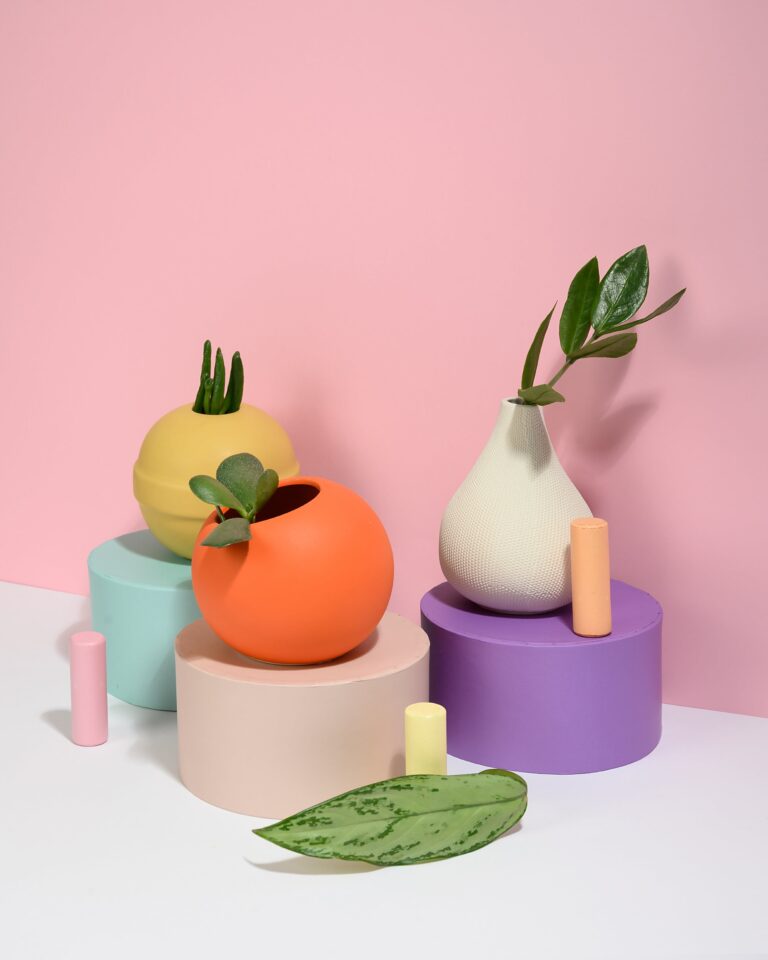
What Are the Best Tips for Crassula Care?
Becoming a Crassula caretaker means embracing minimalism. These plants are low-maintenance, perfect for on-the-go green thumbs or those new to the botanic ballet. Start by ensuring they get their sunbathing time – a bright spot with indirect light is ideal. And when it comes to watering, think of it as a fine wine tasting; infrequent yet satisfying. Enough to quench their thirst, but not so much that they drown in their own drink.
How Do You Propagate Crassula?
Propagation prowess is at your fingertips with Crassula. It’s like making plant photocopies! Simply snip a leaf or a stem, let it callous over for a day or two (think of it as letting the ink dry), then gently place it atop a well-draining soil mix. With a sprinkle of patience and a dash of water, you’ll soon see tiny replicas of your beloved Crassula emerging, ready to start their own succulent journey.
Why Is Crassula Such a Popular Succulent?
Crassula’s fame in the succulent sphere can be chalked up to its versatility and bulletproof nature. With varieties that range from the iconic Jade Plant to the quirky ‘Buddha’s Temple’, Crassula has a knack for fitting in anywhere — chic urban lofts, sprawling garden beds, or dainty desktop terrariums. Plus, they’re resilience personified! Even the most forgetful plant parents find it hard to let down a Crassula.
Can Crassula Be Part of a Succulent Arrangement?
Absolutely! Think of Crassula as the adaptable friend in your plant social circle. They pair well with other succulents, creating a symphony of textures and forms. Plant them with sedums, echeverias, and haworthias for a verdant vignette that’s both delightful to the eye and effortless to maintain. Just remember, everyone appreciates their personal space, so give your Crassula room to flourish.
Whether you’re a seasoned succulent collector or a curious newbie, Crassula is a splendid addition to your leafy lineup. So go ahead, invite Crassula into your life and watch as these succulent superstars transform your space into a serene green haven.
